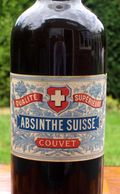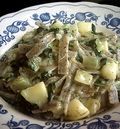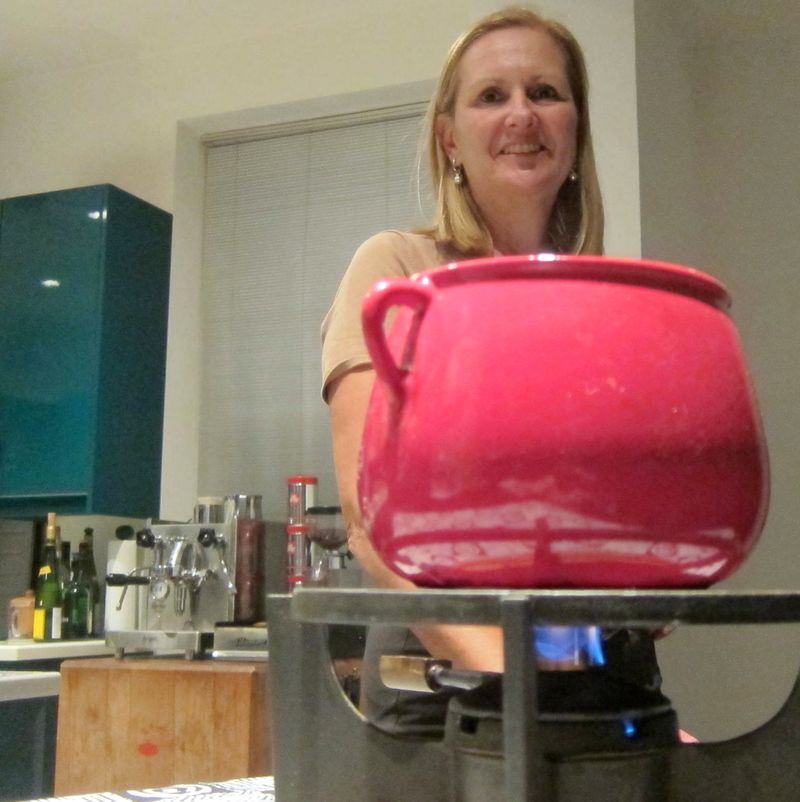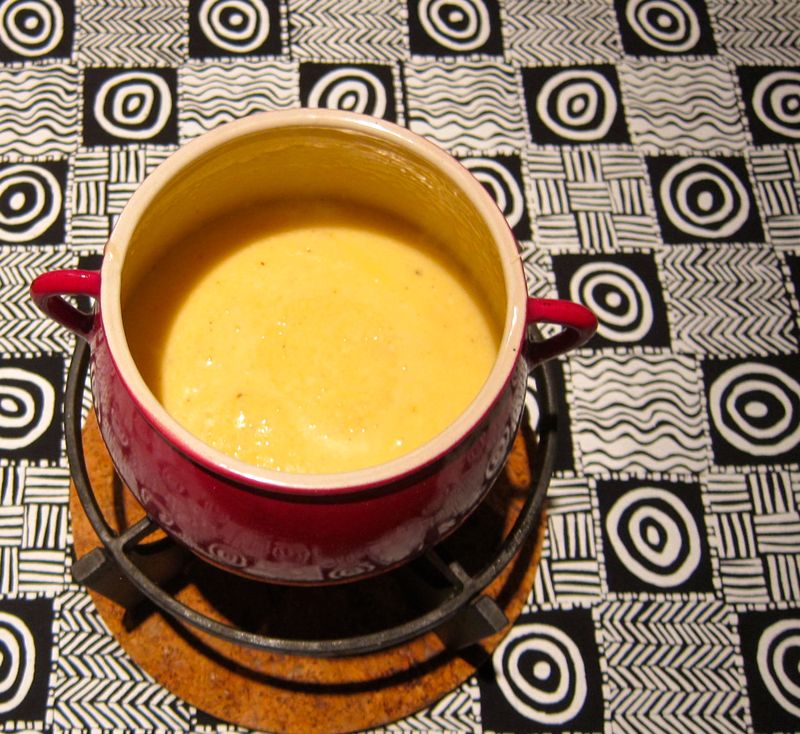Here's something I didn't know: La fée verte, the green fairy,
 originated in the canton of Neuchâtel, Switzerland. Better known as absinthe, this very alcoholic, green herbal spirit was all the rage among artists and writers including the American expats in Paris in the late 19th and early 20th century. Absinthe was banned in Europe and North America around 1915 because of its perported dangerously addictive psychoactive effects. These effects were felt to be caused by the compound thujone which is present in absinthe in very small amounts. Alas, the EU determined that the effects of La fée verte were merely another manifestation of plain old alcoholism and so legalised the production, sale and consumption of absinthe in the early 1990s. Here at QUICKSWOOD, we drink the stuff in summer...in very reasonable quantities, of course.
originated in the canton of Neuchâtel, Switzerland. Better known as absinthe, this very alcoholic, green herbal spirit was all the rage among artists and writers including the American expats in Paris in the late 19th and early 20th century. Absinthe was banned in Europe and North America around 1915 because of its perported dangerously addictive psychoactive effects. These effects were felt to be caused by the compound thujone which is present in absinthe in very small amounts. Alas, the EU determined that the effects of La fée verte were merely another manifestation of plain old alcoholism and so legalised the production, sale and consumption of absinthe in the early 1990s. Here at QUICKSWOOD, we drink the stuff in summer...in very reasonable quantities, of course.
The cuisine of landlocked Switzerland is heavily influenced by France, Germany and, in the south, by Italy. Cheese and chocolate first come to mind when thinking Swiss thoughts. Emmental, Gruyère, Vacherin and Appenzeller are the most famous cheeses and Tobler and Lindt the most famous chocolates.
Raclette in front of and open fire after a powder day, rösti (potatoes) and cervelat (sausage); for brealfast, muesli, another Swiss invention.
Fascinating to me is the unusual pasta eaten in the eastern canton of Graubünden
 called pizzoccheri. This ribbon pasta resembles tagliatelle but is made nearly entirely of buckwheat flour. Very hard to find outside Graubünden or the Valtellina (The only place we have found this pasta is at EATALY in NYC.), pizzoccheri is traditionally served mixed with Swiss chard, cubed potatoes, Valtellina Casera cheese, Parmigiano Reggiano, garlic, sage and butter. Needless to say, this is one heavy dish and best served with fresh mountain air.
called pizzoccheri. This ribbon pasta resembles tagliatelle but is made nearly entirely of buckwheat flour. Very hard to find outside Graubünden or the Valtellina (The only place we have found this pasta is at EATALY in NYC.), pizzoccheri is traditionally served mixed with Swiss chard, cubed potatoes, Valtellina Casera cheese, Parmigiano Reggiano, garlic, sage and butter. Needless to say, this is one heavy dish and best served with fresh mountain air.
Because we had already nibbled at a wine tasting early in the evening, Josée kept her Swiss menu short and simple:
Cheese Fondue
To make a fondue, you need a caquelon, a stoneware, ceramic, enamelled cast iron or porcelain vessel that takes its name from the Swiss German word Kakel meaning an earthenware casserole; the caquelon sits atop a réchaud or portable spirit stove. More importantly, you need friends and family because the mere act of eating out of communal pot over an open flame harks back to the very beginnings of human society and the importance of sharing.
The ingredients:










































































































Comments